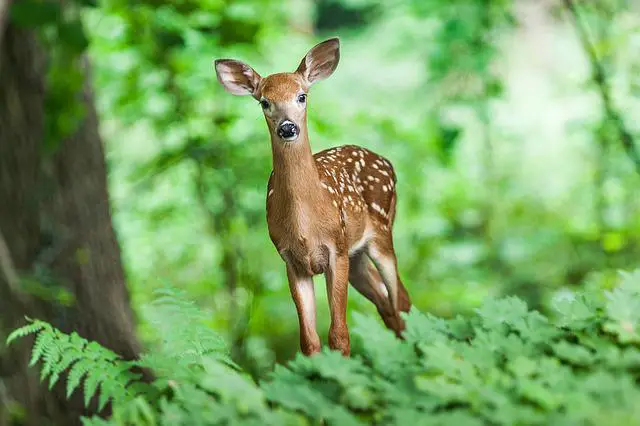If you have deer, one of your most common questions is how long does it take deer to find your corn feeder. The answer may surprise you. Often, it can take two to three weeks to transition a herd from a corn feeder to one that only provides pellets. The key is to observe your herd closely during the transition period. If you are away from your property, trail cameras can help you understand the herd’s behavior and plan accordingly.
Can deer smell directionally?
If you think deer can smell corn, you may want to try offering it in different locations. Large piles will emit a more potent scent, while small feeders with tiny amounts will release less. Not only do deer love corn, but so do squirrels, raccoons and bears. Many deer biologists also speculate as to which gender has a better nose. It turns out that bucks have a larger head than does, and more square inches of nasal region.
A large portion of a deer’s nose is dedicated to the corn smell, and it communicates with the brain to tell it where to go and when to flee. This is how deer learn to distinguish danger from food sources. They also develop an odor pattern based on previous experiences. A fawn may have a bad encounter with a dog, but it will flee the next time it smells a dog.
Soybeans attract deer
Soybeans are a good choice for deer habitat because they provide a variety of nutrients and can regrow after a deer browses them. Whether they are newly planted or mature, seedlings from a soybean plant will regrow, with their cotyledons (the first two leaves of the legume) intact. Deer can also uproot a mature soybean crop, but mature crops will not regrow. Some manufacturers of soybean seeds have developed special varieties that continue to produce forage even after a deer browses them.
When growing soybeans for deer, remember to saturate them with water before placing them in a feeder. The deer will prefer soaked, roasted beans over dry ones. Also, make sure to add some water to the brown beans before you place them in your feeder, since dry soybeans are not palatable to deer. Once the deer have eaten their meal, they will move on to the next type of food.
Soybeans are a good food for deer
Soybeans are a great source of protein for growing deer. They’re easy to digest and high in nutritional value. The plants’ leafy leaves provide deer with a nutrient-rich snack in late spring and summer. In addition to the leafy leaves, soybeans also contain a large amount of hard beans that are an excellent source of protein and energy. Soybeans are native to East Asia and are a popular health food in the Western world.
Deer will eat every part of the soybean plant, including the leaves, seeds, and pods. Because deer prefer green plants to brown ones, they will eat them if you give them the choice. Deer prefer roasted beans over unroasted ones, so make sure the soybeans you offer are moist. Dry beans, on the other hand, will be shunned by deer.
Soybeans are a natural attractant
Soybeans are a great source of protein and a natural attractant for deer. These beans grow low to the ground and are lightly attached to the stalk, making them easily inhaled by deer. As the winter months begin to approach, whitetails are seeking out the last hot doe before the rut ends. They are also concentrating on putting back on their weight and are vulnerable in these conditions.
Studies have shown that soybeans are a great food source for deer, especially in the Summer. Soybeans are so nutritious and tasty that fawns can eat them down to dirt. It is important to remember that deer herds are built during and after the hunting season, and that these practices should be avoided during the off-season. In addition to minimizing human impacts on deer, soybean plantings can help build up herds in the area during hunting seasons.


